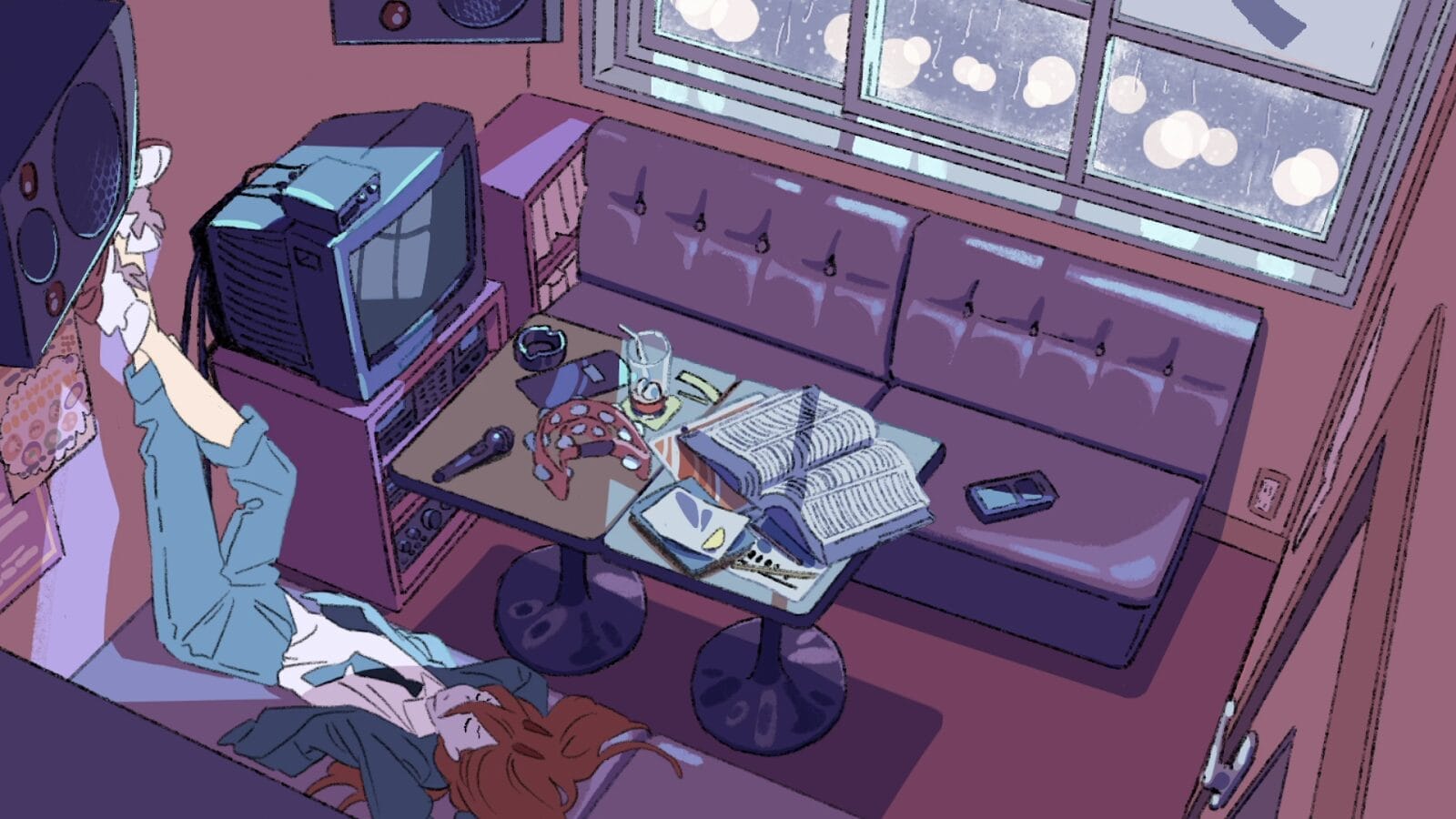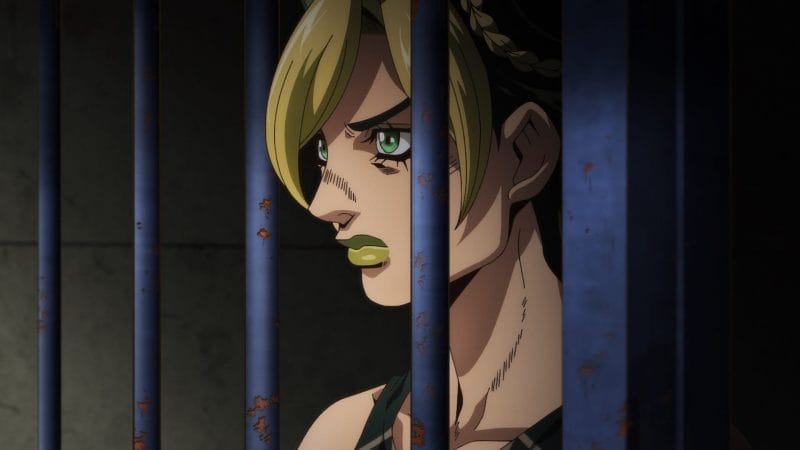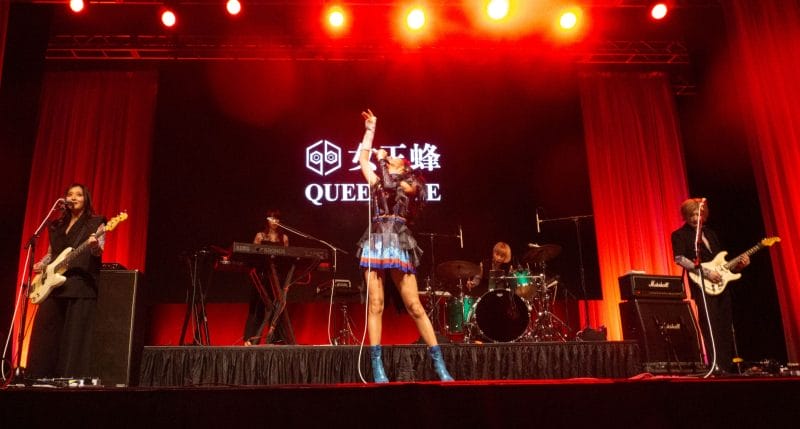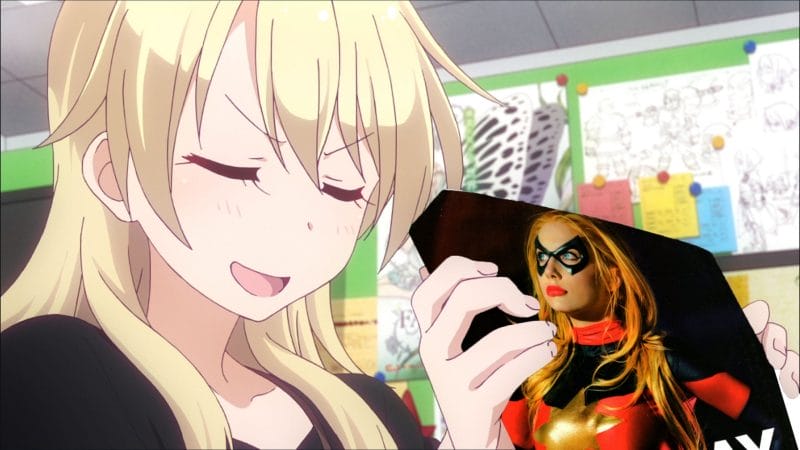Table of contents
It’s fascinating to see how the relationships between fandom and anime staff have changed so radically. Around the early 2010s, the names that would usually get thrown around would be typically studio names, as for the people themselves: Urobuchi, Shinbo, and maybe an Imaishi mention if you’re lucky, and even then it was still in vague terms. Fast-forward to the present, and now you have fans feverishly debating between Ryu Nakayama and Keiichiro Saito while Bocchi The Rock! and Chainsaw Man were airing, or One Piece fans endlessly speculating about when the next life-changing Megumi Ishitani appearance will be! I’m glad to see that the tides are changing, but it’s still a little surreal to see!
We’ve made massive strides compared to where we started, but there are still plenty of names that go overlooked—especially women, even on high-profile shows. I understand that trying to search for names can be an intimidating task on your own, so at the very least, I hope this article can work as a springboard for those looking for more women in anime.
Reiko Nagasawa
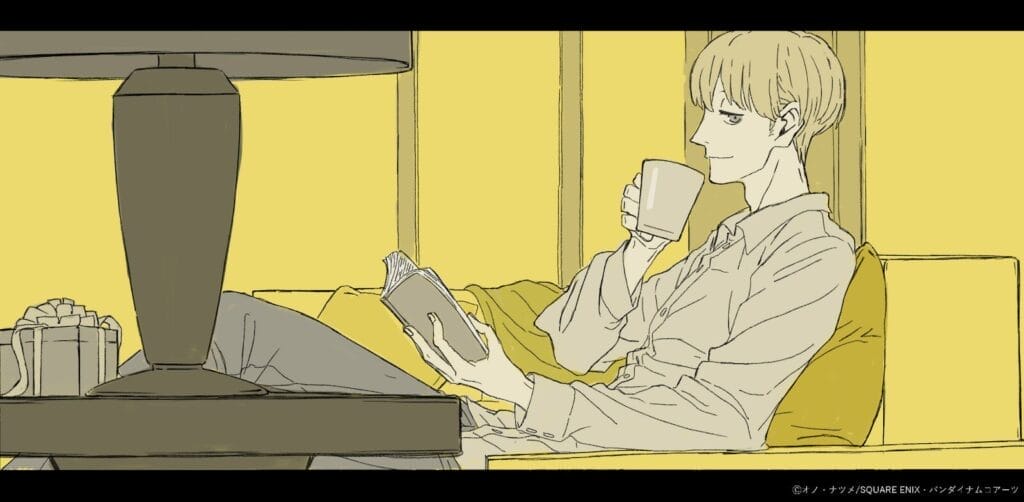
Reiko Nagasawa is on Twitter (currently X) under the handle @reiko_0157
Reiko Nagasawa’s work appeals to me because of the environment her work matured in. At first glance, you can see that her drawings are very refined, and elegant, but there’s an understated versatility that truly makes her work click for me. She joined Madhouse sometime in 2014, going through the usual motions young animators cycle through at the very start of their careers: tracing other, more experienced animator’s work, through in-betweens as a form of training, then cleaning up animation as a 2nd key animator, and then finally making her debut as an animator proper in 2016.
Her career starts to get interesting once 2017 rolls around, becoming a regular on Shingo Natsume’s overlooked and underappreciated political thriller, ACCA-13. When most people think of Natsume, they automatically default to him being a talent magnet, though that should be credited to the animation producer Yuichiro Fukushi instead, for One Punch Man. Though Natsume himself has an interesting personal voice that’s more apparent in his other works: low-key and naturalistic atmosphere, yet still boldly surreal.
As I said earlier, it’s an interesting environment in which to mature in as an artist!
Nagasawa continued to work and learn from that crew, her work evolving in more atypical ways. Detailed character art paired with unconventional timing and motion that’s typically the norm in Shingo Natsume’s works. It might understandably put off others, but for me, that contrast is what makes her personal voice so appealing. Gorgeous with a hint of off-kilterness that draws you in. Doesn’t hurt to get a little weird with it sometimes.
She made her debut as a character designer in 2021 on Takt Op. Destiny—which sounds exciting in theory, but the execution was wildly uneven. With the show’s quality fluctuating from episode to episode—extremely fun, high-octane action one second and then the show struggling to move the next—Nagasawa’s designs weren’t treated with the respect they deserved. She tried her best as Chief Animation Director as well, correcting the designs and trying to maintain their appeal, but thanks to an uneven workload between Madhouse and MAPPA, it was largely an underwhelming effort. It’s a good thing her story doesn’t end there.
Frieren: Beyond Journey’s End is what I consider to be her true debut as a character designer, which took what she’s learned from working with Natsume and applied it to every facet of her designs. Her already strong artistry injected with that weirdness she picked up while working on Natsume’s shows—it results in a wonderfully diverse design sense. The show can be alluringly beautiful one second and genuinely funny as hell the next, sometimes within the same scene, all without feeling incongruent with each other.
Character designs are supposed to simplify designs for animation, that much is true, but simplicity doesn’t mean you have to sacrifice beauty. If anything, Nagasawa expands on it! My favorite small detail being Frieren’s earrings organically shifting from side to side, even from the smallest of motions.
Nothing too extravagant, but tiny details go a long way into making the world feel alive, and that detail would have been lost if animation designs always had to be radically simplified. It’s important to make sure you have the proper crew to enable that vision though! It’s a good thing she’s been working with that same team for most of her career. While I’m currently woefully behind on Frieren myself (curse that four-episode release!) I fully intend on catching up as soon as possible, and I fully intend on enjoying Nagasawa’s lovely work all the way through.
Hitomi Kariya
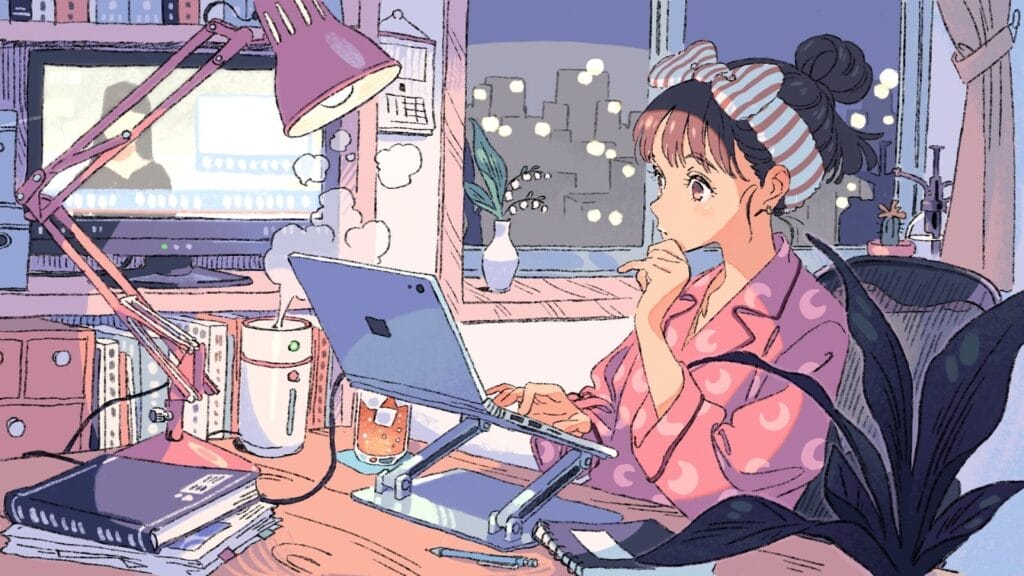
Hitomi Kariya is on Twitter under the handle kry_aia
I remember scrolling through my Twitter timeline and seeing a black-and-white gif of a young girl excitedly bouncing around. The way she struggles to contain her excitement before she starts bouncing off the walls radiated so much joy for me, to the point that it was hard not to crack a smile. I didn’t know it at the time, but that was my earliest exposure to Kariya’s work, and I was completely unaware that she would become one of my personal favorites.
Her origins are a little more exceptional. She joined Studio Trigger as an in-betweener around 2017, with her first TV credit being on the Trigger episodes of Darling in the Franxx. However, by the time she was officially credited for her work, she had already left the studio. It’s no secret that working in this industry feels like a thankless job: virtually non-existent pay, impossible deadlines, and outrageous amounts of hours put in—and it’s made worse in chaotic environments like Trigger. It’s unsurprising to see young staff quit early on to join other industries that make better use of their talents. That almost seemed to be the case for Kariya—until Shingo Yamashita himself scouted her out, inviting her to work on some of his future projects.
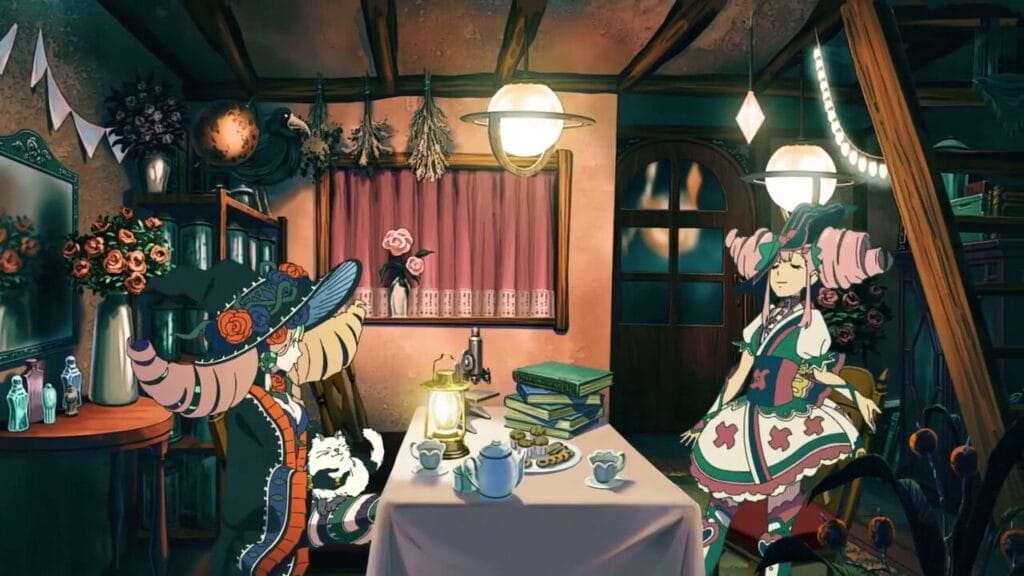
Due to her staying with Yamashita and by extension, Colorido, Kariya’s portfolio continued to become more and more eclectic: Working on animated segments for the live-action drama Natsuzora, providing illustrations for Tokyo Animation Awards Festival, designing and animating for companies like Häagen-Dazs and organizations like JRA, and animating on high-profile movies like Children of the Sea and Drifting Home. She would occasionally lend her talents to late-night TV anime from time to time, but only in very specific circumstances.
While seeing her take on designs for a high-profile movie at Colorido seems like the most reasonable progression in her career, I would love to see her take on a short film of sorts instead, where we can see her vision fully unfiltered. Her drawings already contain such a lively and tangible essence—I feel like world-building would be second nature for her! Even if it’s something simple like someone getting ready to go to work, or a boy meets girl story, I feel her take on it can easily allow her to turn something mundane and make it truly worthwhile.
Eri Kinoshita
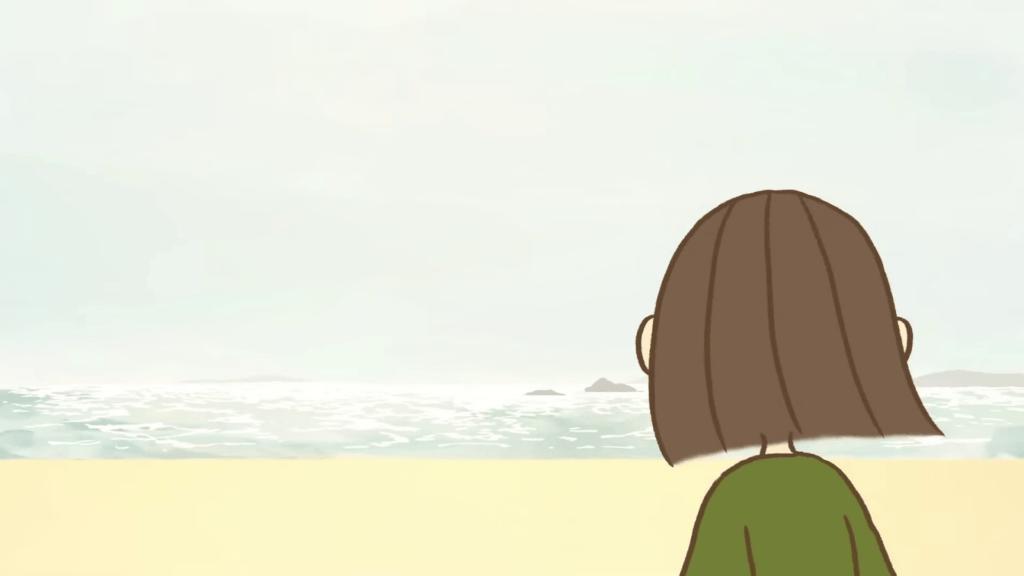
Eri Kinoshita is on Twitter under the handle _kinoge.
Geidai Animation is no joke—one of the most prestigious art programs not just in Japan but internationally! The program requires students to craft short films each year during the two-year duration, and the results are always endlessly fascinating.
Eri Kinoshita’s first-year work, Fair Winds, has a young girl trying to come to terms with her parents’ divorce by comparing their current relationship to cats and dogs. The adorable drawings contrasted with the short’s clinical nature to make for a cute, but off-kilter watch. Divorce from the child’s perspective should be an emotionally charged subject, but our protagonist comes to terms with it in a blunt, childlike manner: Cats and dogs simply just can’t get along. However, as long as her parents are happy, then she’s happy, her childlike logic arriving at a mature conclusion.
Her second-year work is what truly grabbed my attention, The Question, which has a young girl ask: Are victims of bullying partially to blame? The surface-level answer is obvious and is echoed among other faculty, students, and most likely the viewer as well. Everyone answers no, except for our protagonist. The initial black-and-white perception of bullying is challenged as the film progresses, as we find out that the main character herself was no better—and her “bullies” were the result of a fallout of a one-sided friendship inevitably imploding. Both parties are old enough to know that they were being wronged, but still too young to try and work out a proper reconciliation.
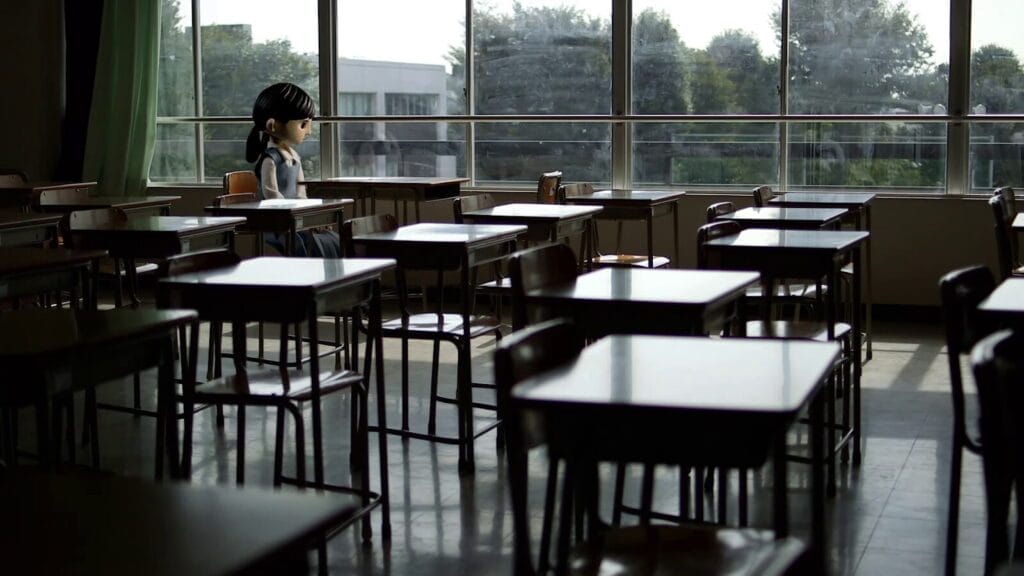
Geidai graduates find themselves in a curious place once they’ve finished the program. Their work is stunning no doubt, but it’s highly incompatible with how the industry currently works—excluding some very… odd cases. Eri Kinoshita was fortunate enough to end up at a studio that already goes against the grain quite a bit! Currently, she’s affiliated with Science Saru, and has been a regular on most of their projects in multiple different roles: animator, animation director, storyboard artist, and most recently an assistant unit director on Inu-Oh. Given how the studio likes promoting its talent fairly quickly, I feel that we don’t have to wait too long before we finally see her get a chance to truly shine there.
Touko Yatabe
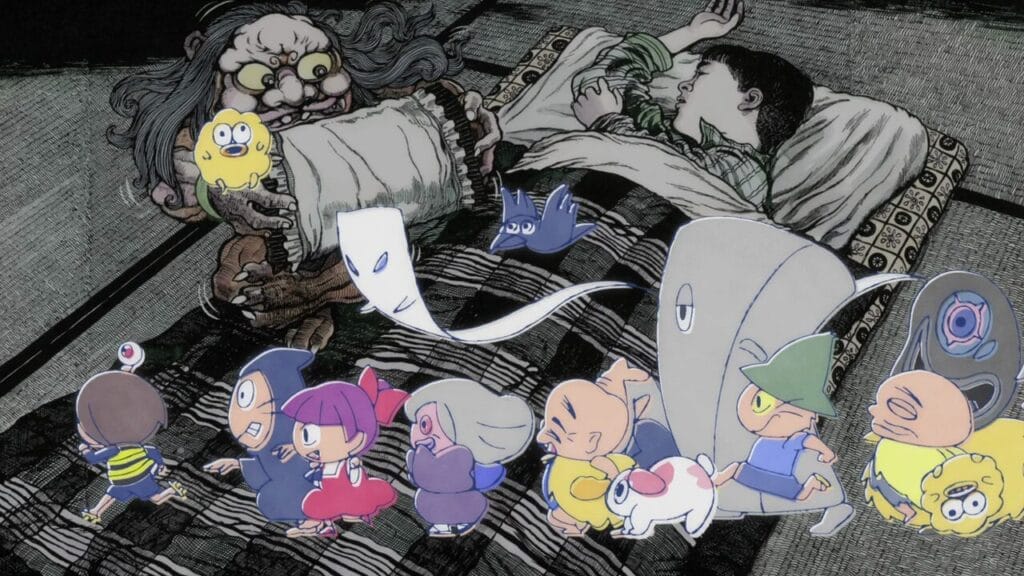
Touko Yatabe is on Twitter under the handle tokodot.
Touko Yatabe already had a strong grasp on the fundamentals of making anime before she even broke into the industry. She was able to creatively navigate the limitations of the medium while still staying within scope, and grabbing viewer’s attention through other means beyond flashy animation! Self-made projects, such as indie works or student films, typically fall victim to ambitious ideas struggling to be fully realized in the final product—which makes her graduation work, Konohakaseki no Natsu, all the more impressive.
She already had some indie work under her belt before releasing her student film (unfortunately most of it has been deleted now), but nothing on this level. Crafting an 11-minute near-solo film is no easy feat, but it’s not just non-stop motion from start to finish. The subject matter allows for organic moments of stillness while still making room for plenty of lively bursts of animation. The film doesn’t feel like a tug-o-war between multiple different elements fighting for attention in such a short time; instead, Yatabe manages to craft a world and spends most of the runtime comfortably navigating through it—only to blindside us with the climax.
The striking nature doesn’t come from the motion of the animation itself, but instead from the sudden increase in abstraction. We’re no longer “comfortably navigating” the world anymore. Establishing a visual language and knowing when to tear it down makes for a more stunning climax than any fight scene!
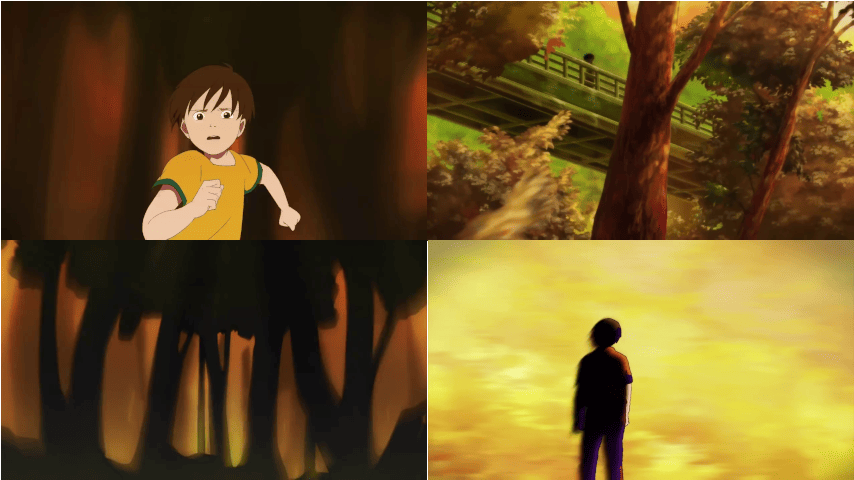
Already showing much promise with her student film, she joined Khara in 2014 as an in-betweener as expected… but the studio quickly recognized her talent already! Quickly rising through the ranks not just as an animator but as a budding director as well; storyboarding and directing segments of The Dragon Dentist in 2017, a two-episode hour-long series with its own interesting history. She would continue to focus more on episode direction and storyboarding outside of the studio.
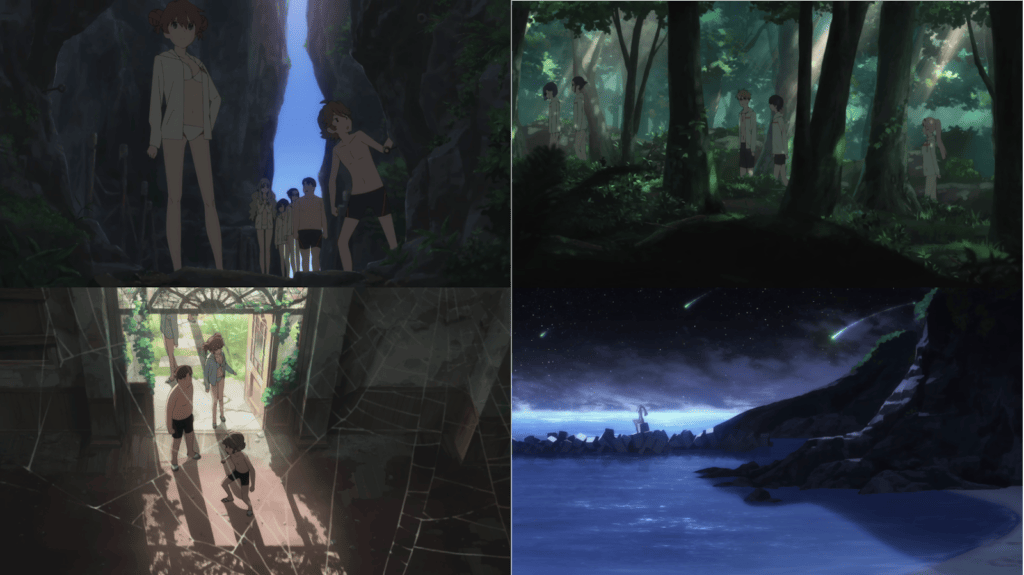
With Yatabe rapidly maturing as a director while the final Rebuild of Evangelion was trapped in production hell for most of her career, she was eventually appointed as one of the assistant directors. The definition of assistant director itself can be fairly nebulous, as the scope of the job can vary from project to project. In Yatabe’s case, she handled the daily life scenes, which are highly regarded as the best scenes in the movie by fans.
On another note: she’s a huge Kitaro fan! She provided key animation for the recent 2018 reboot whenever she could, and even had the chance to storyboard, direct, and fully animate the show’s third ending. She even provided the character designs for Kitarō Tanjō: Gegege no Nazo, which opened in Japanese theaters in November 2023. While the chances of her actually directing a Kitaro project seem pretty slim—I’d like to see her tackle something within the realm of horror—good horror anime these days are hard enough to find as is!
While the tides are changing within fandom spaces, the rise of social media has led to an increased interest in anime production, there’s still plenty of work to be done within the industry itself. Of course, there are mainstream successes directed by women: Rie Matsumoto’s adaptation of Blood Blockade Battlefront was a smash hit, and Sayo Yamamoto’s Yuri!!! on Ice shattered records for late-night anime. There’s still the issue of the industry being largely male-dominated and the rampant sexism that runs within it. It’s not our job as fans to fix these systematic issues, but that doesn’t mean we can’t try. To do that, though, we must first start shining a light on women creatives whenever we can.


